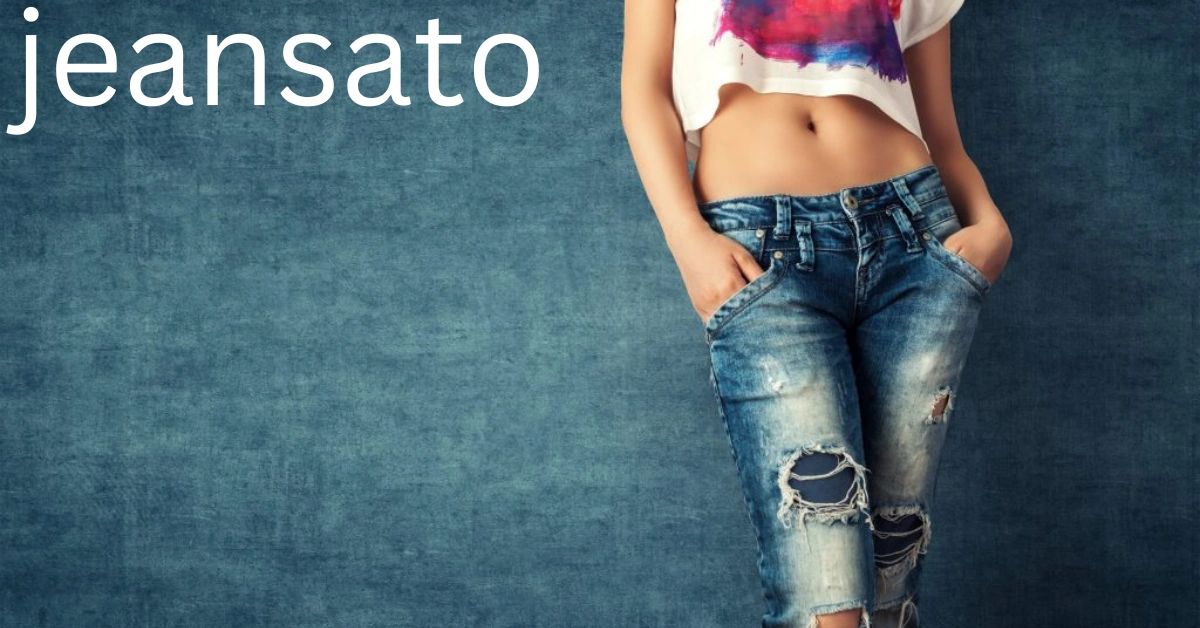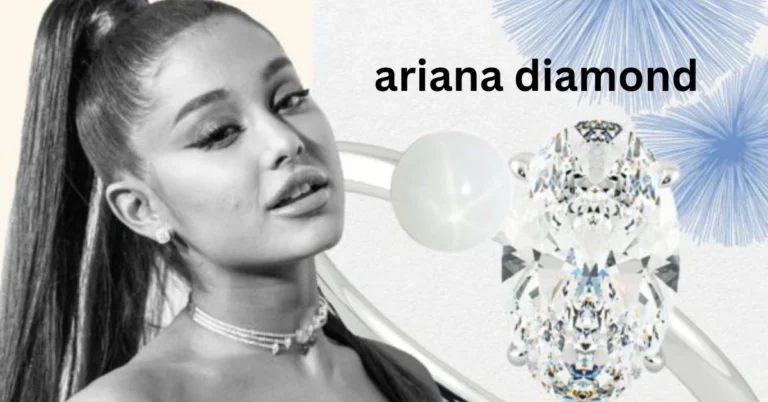Jeans, once a symbol of rebellion and working-class utility, have transcended their humble beginnings to become a global fashion staple. At the heart of this transformation lies the concept of “jeansato,” a term that encapsulates the multifaceted journey of jeans from rugged workwear to high fashion must-haves. This article explores the evolution of jeansato, tracing its roots, cultural significance, and its enduring appeal in the ever-changing landscape of fashion.
The Origins of Jeans: From Workwear to Wardrobe Essential
The story of jeans begins in the mid-19th century with the invention of denim. Originally designed for laborers, denim fabric was prized for its durability and resistance to wear and tear. The iconic blue jeans were first manufactured by Levi Strauss & Co. in 1873, when Levi Strauss and tailor Jacob Davis patented their copper-riveted denim pants. These early jeans, known as “waist overalls,” quickly became popular among miners, cowboys, and railroad workers.
Jeans’ rugged construction and practicality made them indispensable for hard labor, but it wasn’t until the mid-20th century that they began to gain mainstream acceptance. During the 1950s, jeans became a symbol of youthful rebellion, popularized by Hollywood icons like James Dean and Marlon Brando. This shift marked the beginning of jeansato, as jeans started to embody more than just functionality—they became a statement of individuality and nonconformity.
Jeansato in Pop Culture: The Rise of an Icon
The 1960s and 1970s saw jeans solidify their status as a cultural icon. As the counterculture movement gained momentum, jeans became synonymous with freedom and social change. Hippies and activists adopted jeans as part of their everyday attire, using them as a canvas for self-expression through embroidery, patches, and paint. This era also witnessed the rise of designer jeans, as brands like Wrangler and Lee began to cater to a broader audience.
The influence of music and film further propelled jeans into the fashion spotlight. Rock ‘n’ roll stars like Elvis Presley and The Rolling Stones embraced jeans, amplifying their association with rebellion and youth culture. The 1978 film “Grease,” featuring John Travolta in tight-fitting jeans, reinforced their sex appeal and cemented their place in popular culture.
The High Fashion Transformation
The 1980s marked a turning point for jeansato, as denim crossed over into high fashion. Designers like Calvin Klein and Gloria Vanderbilt introduced designer jeans, elevating denim from casual wear to a luxury item. The advertising campaigns of this era, particularly Calvin Klein’s provocative ads featuring Brooke Shields, emphasized the sensuality and sophistication of jeans.
Jeans began to appear on runways, with designers experimenting with cuts, washes, and embellishments. The versatility of denim allowed for endless creativity, leading to the emergence of various styles such as acid-wash, ripped, and high-waisted jeans. This period also saw the birth of premium denim brands like Diesel and Guess, which catered to a more affluent and fashion-conscious clientele.
The Globalization of Jeansato
As jeansato evolved, so did its global reach. Denim became a universal symbol of Western culture, spreading to every corner of the world. The 1990s and 2000s witnessed the rise of global denim brands like Levi’s, which established a presence in international markets. The accessibility and adaptability of jeans made them a staple in diverse cultures, each adding its unique twist to denim fashion.
The influence of streetwear and hip-hop culture in the 1990s further diversified the jeans market. Baggy jeans and oversized fits became popular among youth, reflecting the trends of the time. Brands like FUBU and Phat Farm capitalized on this trend, creating denim styles that resonated with urban audiences.
Sustainable Denim: The Next Frontier
In recent years, the fashion industry has faced increasing scrutiny over its environmental impact, leading to a shift towards sustainability. Jeansato has not been immune to this movement, with many brands adopting eco-friendly practices in denim production. Sustainable denim involves using organic cotton, reducing water consumption, and employing innovative dyeing techniques to minimize environmental harm.
Brands like Levi’s have taken significant steps towards sustainability, launching initiatives such as the “Water<Less” campaign, which aims to reduce water usage in the production process. Additionally, upcycling and recycling old denim have become popular trends, promoting a circular economy within the fashion industry.
The Digital Age and Jeansato
The advent of the digital age has also influenced jeansato, with social media and e-commerce reshaping the way consumers interact with fashion. Online platforms like Instagram and TikTok have become powerful tools for fashion influencers and brands to showcase denim styles and trends. The rise of digital marketing has made it easier for niche and emerging denim brands to reach a global audience.
Customization and personalization have become key trends in the digital era, with brands offering bespoke services that allow customers to create unique, one-of-a-kind jeans. This shift towards individualism reflects the original spirit of jeansato, where denim was a medium for self-expression.
The Future of Jeansato
As we look to the future, jeansato continues to evolve, adapting to new cultural, technological, and environmental trends. The enduring appeal of jeans lies in their ability to blend tradition with innovation, remaining relevant in an ever-changing world. The versatility of denim ensures that it will continue to be a cornerstone of fashion, whether through sustainable practices, digital advancements, or new design philosophies.
The legacy of jeansato is one of resilience and reinvention. From their origins as utilitarian workwear to their status as a global fashion icon, jeans have traversed a remarkable journey. As we move forward, the story of jeansato will undoubtedly continue to unfold, reflecting the dynamic and diverse nature of fashion itself.
Conclusion
Jeansato represents more than just a style of clothing—it embodies a cultural phenomenon that has transcended generations and borders. The evolution of jeans from rugged workwear to a symbol of individuality and high fashion is a testament to their enduring appeal. As we embrace new trends and technologies, jeansato will remain a powerful force in the fashion world, reminding us of the rich history and limitless possibilities of denim.
In celebrating jeansato, we honor the timeless charm and adaptability of jeans, recognizing their role in shaping fashion and culture. Whether worn as a statement of rebellion, a symbol of luxury, or a commitment to sustainability, jeans continue to inspire and captivate, proving that they are much more than just a piece of clothing—they are a cultural icon.
Read more: Snow White By Corbis in Popular Culture







